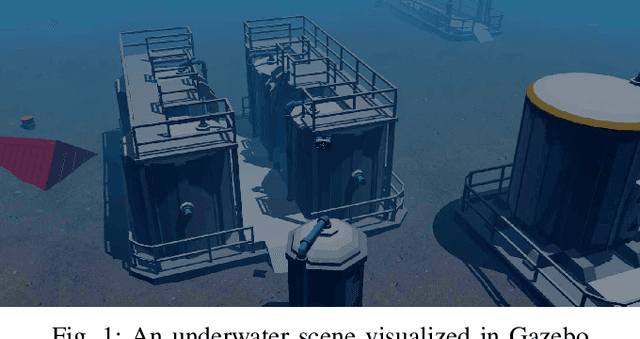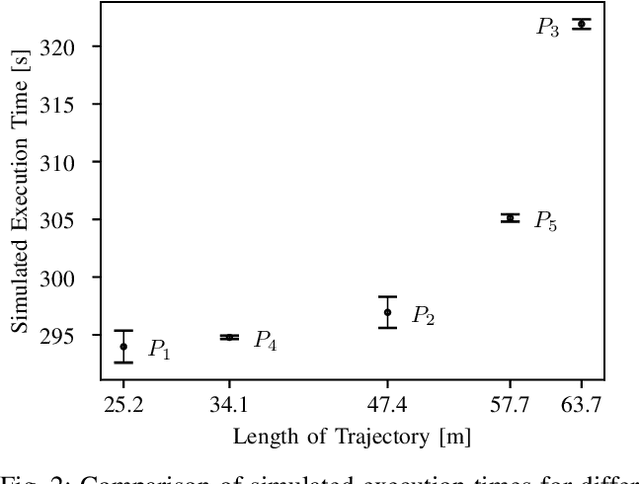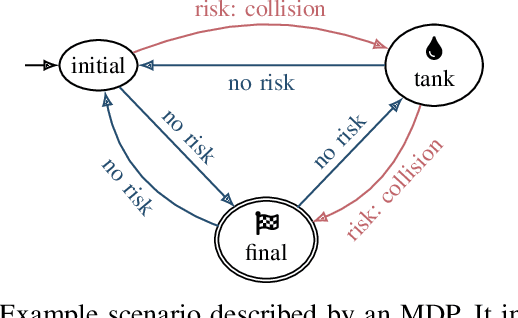Risk-Averse Planning and Plan Assessment for Marine Robots
Paper and Code
Oct 01, 2024



Autonomous Underwater Vehicles (AUVs) need to operate for days without human intervention and thus must be able to do efficient and reliable task planning. Unfortunately, efficient task planning requires deliberately abstract domain models (for scalability reasons), which in practice leads to plans that might be unreliable or under performing in practice. An optimal abstract plan may turn out suboptimal or unreliable during physical execution. To overcome this, we introduce a method that first generates a selection of diverse high-level plans and then assesses them in a low-level simulation to select the optimal and most reliable candidate. We evaluate the method using a realistic underwater robot simulation, estimating the risk metrics for different scenarios, demonstrating feasibility and effectiveness of the approach.
 Add to Chrome
Add to Chrome Add to Firefox
Add to Firefox Add to Edge
Add to Edge